Anna May Wong was the first Chinese-American movie star and the first Asian-American actress to gain international fame. She used her fame and influence to talk about and protest the racist practices in Hollywood, protesting against racist depictions of Chinese characters, and opening up more significant and starring roles for herself and many actors of color to follow.
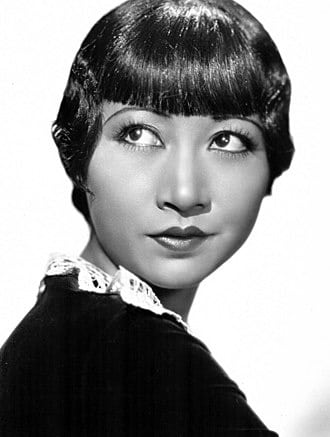
Born in 1905 in Los Angeles, Anna May was named Liu Tsong, meaning “willow frost.” Her grandparents had moved to the US around 1850, and her father spent much of his youth traveling back and forth between the United States and China, so the family was still very much connected to their Cantonese roots. Anna grew up fluent in both English and Cantonese.
It was just around this time that the film industry was moving to the area from the east coast. Moviemakers were flocking to southern California to escape paying the high fees of Thomas Edison, who had patented much of the movie-making technology of the time.
When she wasn’t at school, Anna May started spending all of her time hanging around the new movie studios in LA, watching the crew and begging directors to give her a role in their movies. Sometimes she even skipped school and used her lunch money to see movies at the new 5-cent “nickelodeon” indoor theaters. She became well-known among the moviemakers, who dubbed her “C.C.C.” for “Curious Chinese Child.”
All she ever wanted was to become a successful actress. She even came up with her stage name “Anna May Wong” by the time she was 11.
I was so young when I began that I knew I still had youth if I failed, so I determined to give myself 10 years to succeed as an actress.
Anna May Wong
Finally all her time spent at the studios landed Anna May her first role as an uncredited extra in a 1919 silent film called The Red Lantern. Only 14 at the time, she appeared in the background of a scene carrying a lantern. After this experience, she began landing more and more roles, and soon dropped out of high school to pursue her new career full-time.
She was 17 when she landed her first leading role as Lotus Flower in the 1922 movie The Toll of the Sea, the first color feature made in Hollywood and the first color feature ever to not require a special projector.
In the story, based on the opera Madame Butterfly, the Chinese girl Lotus Flower falls in love with an American who leaves her at the advice of his friends when he returns home, but not before she bears him a son. Later she finds out he remarried in the US, and she is persuaded that her son would be better off raised by his father in America. After leaving her son she wades into the sea and drowns.
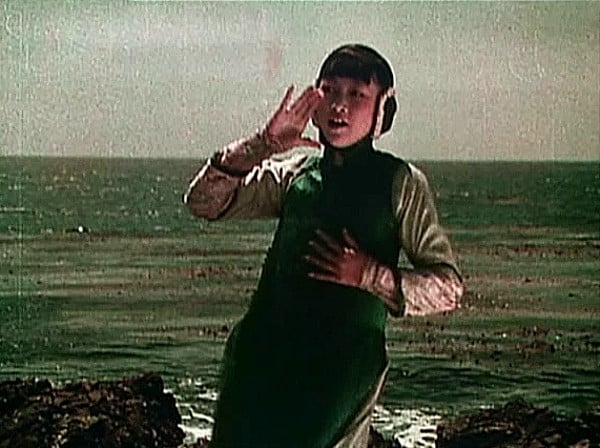
The movie was unusual at the time because of the interracial romance. Interracial marriage and sexual relations were at the time called miscegenation (from Latin “miscere” meaning “to mix,” and “genus” meaning “kind”), and there were various laws against interracial relationships in most states across the US. Many of these anti-miscegenation laws were in place from the mid-1850s and the last ones weren’t struck down until 1967, thanks to the civil rights movement of the 1960s.
Unfortunately these laws were in full force all during Anna May Wong’s acting career. Because of anti-miscegenation laws, moviemakers avoided showing any interracial romance in their movies for fear of prosecution. This meant that Anna May was prevented from being cast in any leading role that involved a kiss with a man, since the majority of leading male actors in the silent film era were white.
Instead, Anna May was mostly relegated to background roles, providing exotic atmosphere to such silent film actresses as Estelle Taylor, Mary Brian, and Virginia Brown Faire. Still, she was noticed by critics who gave her rave reviews. Her acting was called “extraordinarily fine” by Variety magazine, and the New York Times said of her role in The Toll of the Sea:

Miss Wong stirs in the spectator all the sympathy her part calls for, and she never repels one by an excess of theatrical ‘feeling.’ She has a difficult role, a role that is botched nine times out of ten, but hers is the tenth performance. Completely unconscious of the camera, with a fine sense of proportion and remarkable pantomimic accuracy. She should be seen again and often on the screen.
But she was very limited in the roles she could play. Not only was she denied leading roles because of her race, but the roles she did land usually fell under one of two Asian stereotypes: a submissive and sacrificing Butterfly or an cunning and aggressive Dragon Lady.
Why is it that the screen Chinese is always the villain? And so crude a villain – murderous, treacherous, a snake in the grass! We are not like that. How could we be, with a civilization that is so many times older than the West?
Anna May Wong
In 1928, tired of typecast in Hollywood movies due to her race, she decided to leave for Europe, where she soon became a huge success.
She had roles in German and Austrian films, and performed in plays in the UK, seeking vocal tutoring to attain a more neutral accent. She received rave reviews for all her roles (even when the movies themselves were panned). She had roles speaking English, French, and German and was praised for all three.
Unlike in Hollywood, she had no trouble getting leading roles in Europe. But she still wasn’t allowed to kiss any Caucasian love interests on screen. It was still too controversial.
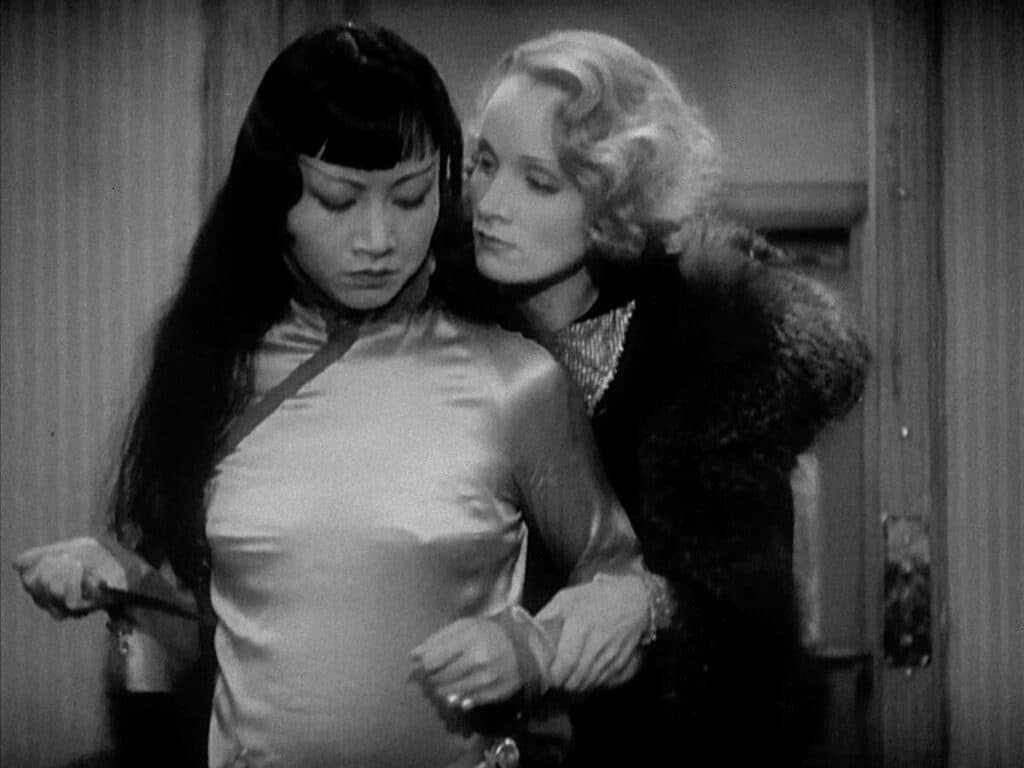
Ironically, Anna soon caught the eye of American studios looking for fresh European talent. She landed a starring role on Broadway in On the Spot. The drama ran for 167 performances, and later was filmed as the movie Dangerous to Know. In the 1932 film Shanghai Express, film historians today agree that Anna’s performance completely upstaged that of the star Marlene Dietrich.
After all the new training, prestige, and fame she had gained in Europe, she was ready to combat all the racism in Hollywood. She refused to play roles with stereotypical mannerisms as her directors requested. Instead, she used her knowledge of Chinese culture to play roles with more depth, against the directors’ wishes.
Still, Anna couldn’t change the tide singlehandedly. She was still discriminated against and passed over for leading roles. One director even called her “too Chinese to play a Chinese,” and she was passed over for roles in films where the male lead wasn’t Asian to avoid any controversial interracial romance.
The last straw for Anna was being passed over for the role of Chinese character O-Lan in the movie version of Pearl S. Buck’s The Good Earth. The role was given to German actress Luise Rainer instead.
There seems little for me in Hollywood, because, rather than real Chinese, producers prefer Hungarians, Mexicans, American Indians for Chinese roles.
Anna May Wong
Today, that movie is remembered as one of the most notorious cases of casting discrimination in the 30s.
Disillusioned again with Hollywood, she returned to Britain for three years, and then decided to tour China.
As she grew in fame, Anna began to use her celebrity to make political statements and attract attention to important causes. She was very outspoken about Japan’s relations with China, and even wrote a criticism of Japan’s invasion of Manchuria in 1931. She also raised money for causes, auctioning off her costumes and donating money to Chinese aid and writing a cookbook and giving the proceeds to United China Relief.
In her acting career, she refused outright to play any stereotyped roles, and spoke out against Hollywood’s racism in interviews. She began acting exclusively in low-budget B movies where she could play strong, well-written Chinese characters instead of stereotypes.
Anna May Wong persevered all her life in a career where she was constantly discriminated against, no matter where she traveled. She worked hard all her life to be successful against the odds, and used her success to fight for others and help pave the way for actors of color today.
Hollywood still white-washes movies, has stereotyped roles, and discriminates in casting today. Yet, Asian actors and other actors of color have so many more opportunities today because of Anna. She was one of the first actors to speak out against racism in Hollywood.
Keri is a blogger and digital marketing professional who founded Amazing Women In History in 2011.


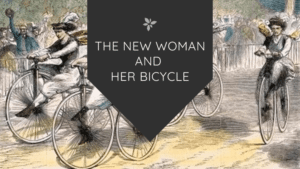
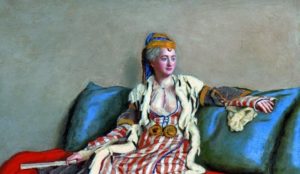
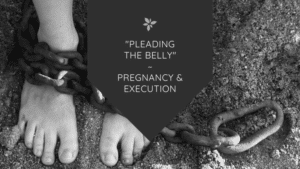

Leave a Reply